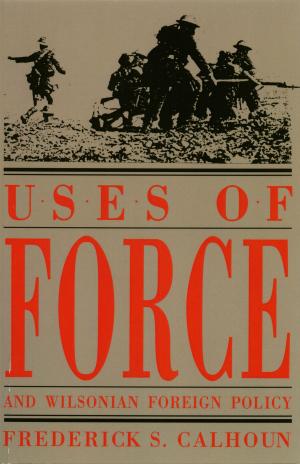We Were the Ninth
A History of the Ninth Regiment, Ohio Volunteer Infantry April 17, 1861, to June 7, 1864
Nonfiction, History, Americas, United States, Civil War Period (1850-1877)| Author: | Constatin Grebner | ISBN: | 9781612779522 |
| Publisher: | Kent State University Press | Publication: | January 5, 2014 |
| Imprint: | Kent State University Press | Language: | English |
| Author: | Constatin Grebner |
| ISBN: | 9781612779522 |
| Publisher: | Kent State University Press |
| Publication: | January 5, 2014 |
| Imprint: | Kent State University Press |
| Language: | English |
We Were The Ninth is a translation, carefully edited and thoroughly annotated, of an important Civil War regiment. The Ninth Ohio—composed of Ohio Germans mostly from Cincinnati—saw action at Rich Mountain and Carnifex Ferry in West Virginia, Shiloh, Corinth, Perryville, Hoovers Gap, Nashville, Chattanooga, and Chickamauga.The Ninth began the War amid misgivings (Would a German-speaking regiment in the Union Army cause chaos?) and ended its active service among the honored units. It continued as an active German-speaking veterans organization. Constantin Grebner published this significant history, in German, in 1897 and noted that it “is intended as neither a history of the war nor a definitive account of battles. Rather, it is restricted to a straightforward, veracious report of what happened to The Ninth, and to recounting as accurately as possible The Ninths experiences as a wartime regiment.” Frederic Trautmanns English translation is faithful to Grebners original text, preserving its integrity while maintaining its energy, precision, and grace.
We Were The Ninth is a translation, carefully edited and thoroughly annotated, of an important Civil War regiment. The Ninth Ohio—composed of Ohio Germans mostly from Cincinnati—saw action at Rich Mountain and Carnifex Ferry in West Virginia, Shiloh, Corinth, Perryville, Hoovers Gap, Nashville, Chattanooga, and Chickamauga.The Ninth began the War amid misgivings (Would a German-speaking regiment in the Union Army cause chaos?) and ended its active service among the honored units. It continued as an active German-speaking veterans organization. Constantin Grebner published this significant history, in German, in 1897 and noted that it “is intended as neither a history of the war nor a definitive account of battles. Rather, it is restricted to a straightforward, veracious report of what happened to The Ninth, and to recounting as accurately as possible The Ninths experiences as a wartime regiment.” Frederic Trautmanns English translation is faithful to Grebners original text, preserving its integrity while maintaining its energy, precision, and grace.















